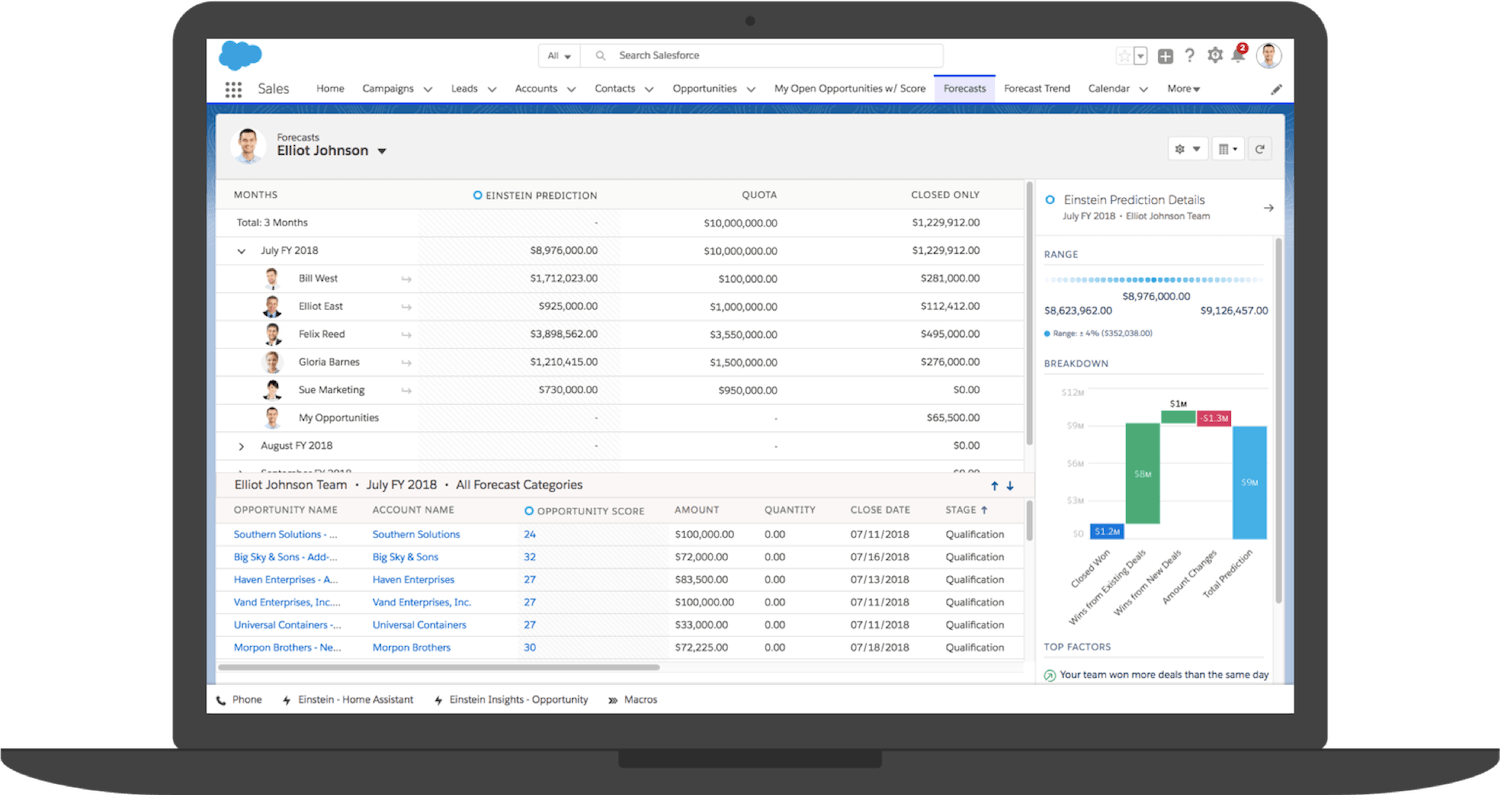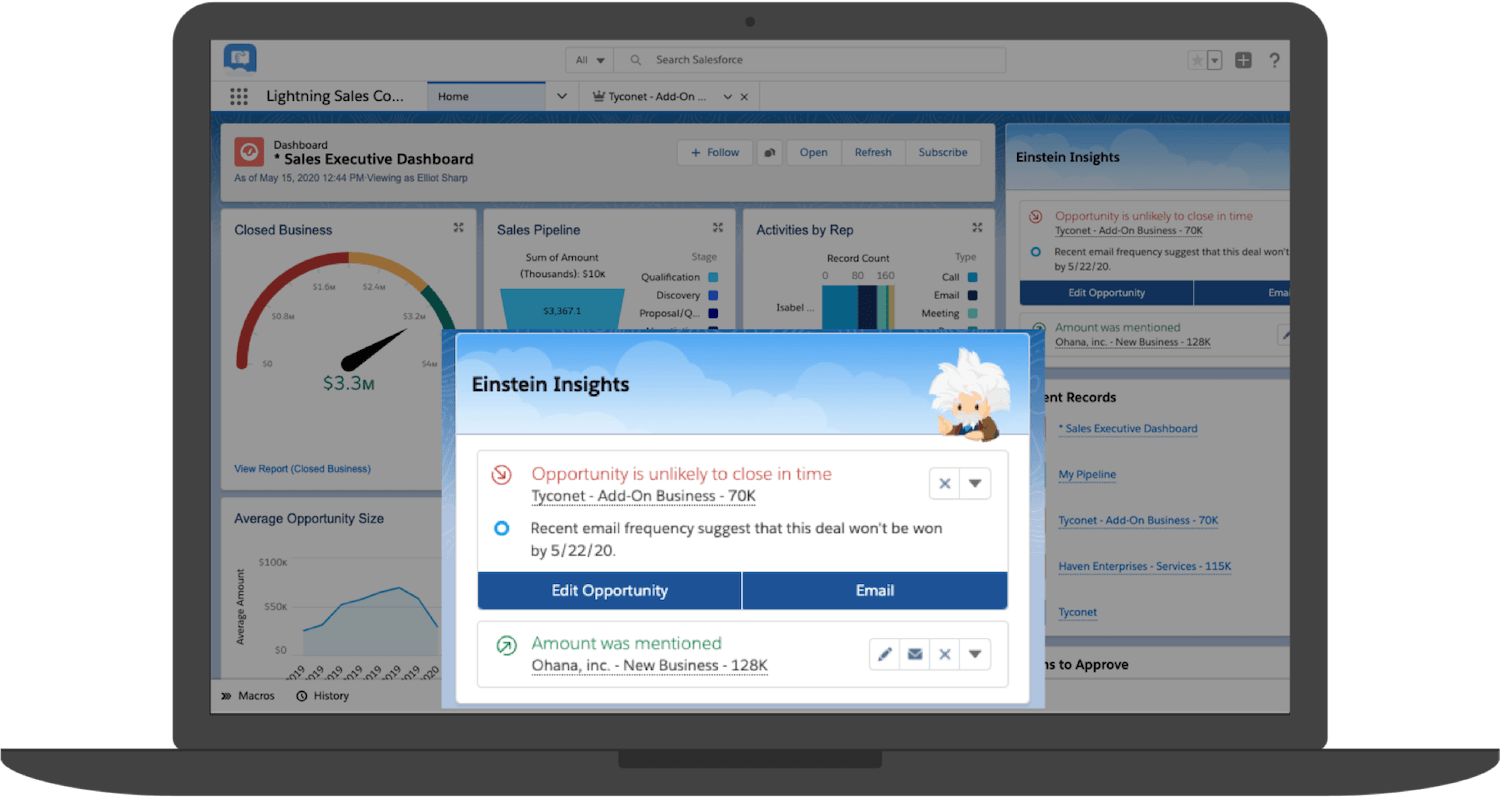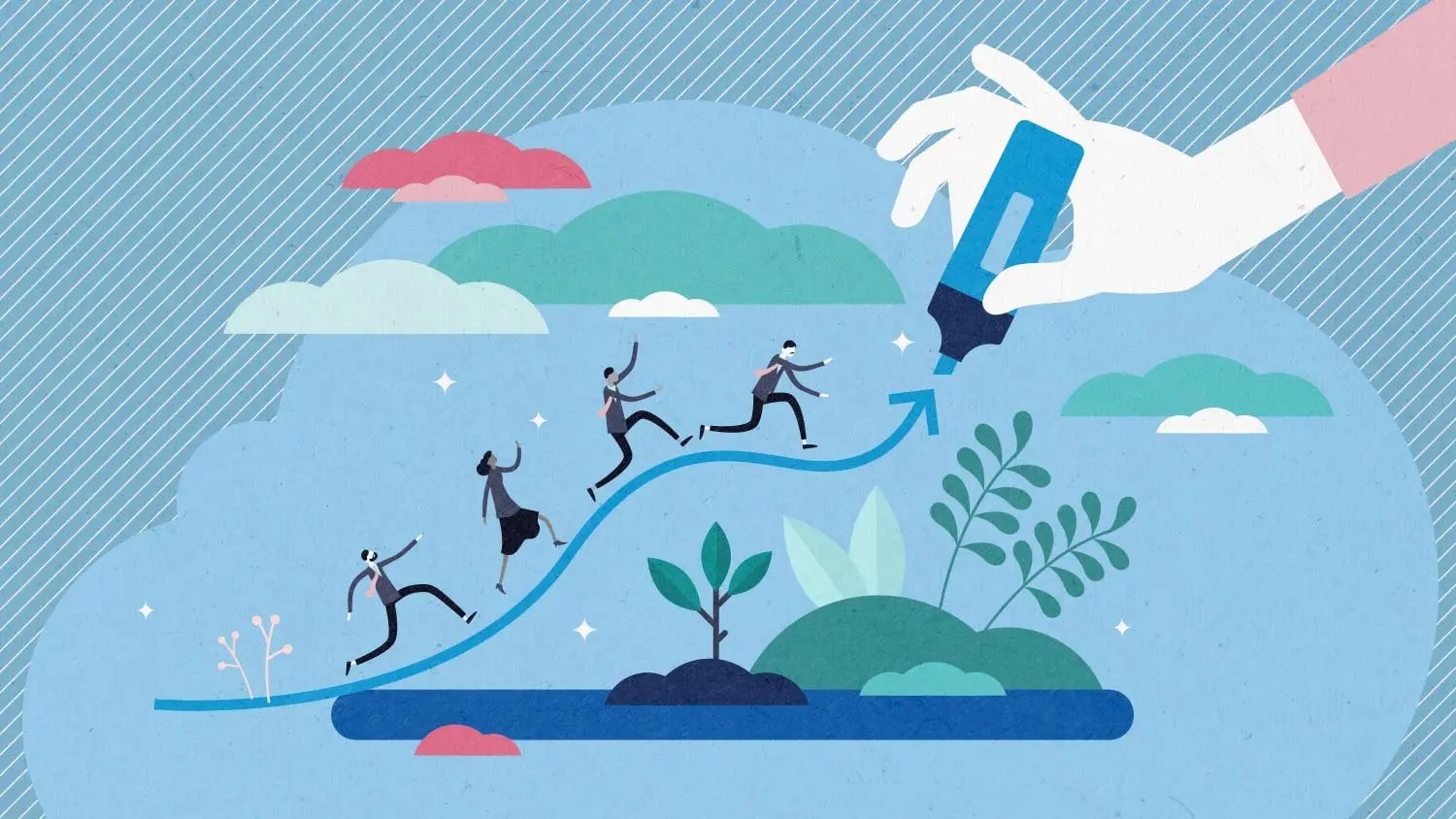A 20+-year industry veteran shares expert advice on sales forecasting techniques that lead to accurate numbers and predictable revenue. Don’t plan for “when” or “how much” until you read these strategies that work.
Predictable growth — showing consistency year over year — is everything, and the forecast is where it begins. Critical business decisions — budgets, headcount strategy, resource investment, and future earnings – set the North Star. In my 20+ years of sales leadership, I’ve spent hundreds of hours thinking about sales forecasting techniques that lead toward predictable revenue and accurate, actionable data. The best sales forecasting techniques answer these two simple questions: How much do we plan to sell? And when will we deliver those numbers?
As hard as my team and I work on our forecasts, unpredictable events can dramatically change them. Here, I’m sharing five sales forecasting truths that I wish I’d known sooner. I hope they help you approach your forecasting challenges strategically.
To help you better sell from anywhere, our team has also created the Complete Guide to Sales Forecasting that goes beyond my quick tips here. It answers the most common questions I hear about sales forecasting from sales reps and leaders.
1. Your forecast can change in a flash
Extreme weather, economic crises, and global pandemics can dramatically change your forecast. What you thought you knew about expected revenue growth can suddenly flip on its head.
When that happens, it’s okay to put the forecast aside. First and foremost, I tell my sales leaders and reps to focus on empathy and relationships. That goes for how we treat one another internally, as well as how we treat our customers. I’ve learned that if you maintain customer relationships now, those relationships will help you grow again when it’s time.
I tell my sales leaders and reps to focus on empathy and relationships. I’ve learned that if you maintain customer relationships now, those relationships will help you grow again.
Though forecasting is tough in this environment, it’s also important. The forecast is a critical resource to plan for the months and years ahead. As soon as an extraordinary event hits, sales and finance leaders at your company will quickly want to know:
- How’s our pipeline looking today?
- What are the best- and worst-case scenarios?
- How has the forecast changed from a week or a month ago?
You’ll want to slice and dice this data by region, leader, rep, product, and more. To make this possible, reps need to double down on keeping all their data up to date. This is easy with tools like Sales Cloud’s built-in Pipeline Inspection. On one screen, you can easily filter opportunities by team or time period and see the most recent activity. This helps your team know what’s happening now, what’s likely to happen next, and what data is missing.

2. Sales forecasting in five simple questions
When I first started in sales, I knew I needed to factor variables into my forecasts. I also knew I needed to calculate how much and when. But I hadn’t yet focused on five important areas: who, what, where, why, and how. These simple questions are what I now tell my teams to concentrate on when building their forecasts:
- Who? Sales teams should make forecasts based on their prospects. Depending on if the prospects are the decision-makers or just influencers, the forecast will be more or less exact.
- What? Forecasts should be based on exactly what solutions you plan to sell. Base them on problems your prospects have voiced, which your company can uniquely solve.
- Where? In what location is the prospect making their buying decision, and where will they use the actual products? Sales teams see better accuracy when they get closer (at least for a visit) to the center of the action.
- Why? Why is the prospect or existing customer considering new services? Is there a big event making them consider it now? Without a forcing function, the deal may stall.
- How? How does this prospect make purchasing decisions? If you’re not accounting for how they’ve done it in the past, it may be fuzzy math.
Some of these items are harder to get a read on than others. But it’s important to keep adjusting the data based on what’s happening in the field. A high-pressure scenario is not the time to give up on your forecast.
Sales forecasts help the entire business plan to ship products, pay for marketing, and hire employees. With accurate forecasts, the company makes better investments.
Some of these elements are plain facts, while others involve conjecture. The more you sell, the better you get at forecasts. That’s why it’s a balance of both art and science.
3. Negative forecasting can highlight business risk
You can also use your forecast to assess current risk to your business – also called negative forecasting. For example, one of our customers added a COVID-19 field in Sales Cloud to tag deals and see pandemic impact. The two key benefits they realized are:
- The sales team can expedite deals involving a customer needing a product related to COVID-19.
- The company can track deals lost or pushed due to the crisis.
By doing negative forecasting to gauge risk, your forecast evolves with your business.
4. Everyone in the company needs sales forecasts – not just the sales team
Starting out in sales, I knew I had to turn in accurate forecasts to make my sales leaders happy. Now that I’ve grown in my career, I’ve learned that every department relies on sales forecasts. There’s not a part of the organization that goes unaffected when forecasts are off.
For example, sales forecasts help the entire business plan to ship products, pay for marketing, and hire employees. With accurate forecasts, the company makes better investments, like hiring 20 new developers or opening a new sales office in prime territory.
But if forecasts are off, the company faces challenges across all business functions – from pricing to product delivery, to customer service. Everyone relies on the sales organization’s ability to pull off an accurate forecast. So don’t underestimate the importance of your forecast. Even when things change rapidly, tweak your guidance to help everyone make better decisions.
5. Technology blows old-school forecasting methods out of the water
Sales leaders operate in a ridiculously sophisticated, technology-driven environment. The old back-of-the-napkin tricks and predictions from the most confident sales rep can’t hold a candle to today’s sales forecasting tech.
For example, in our own internal deployment of Sales Cloud, we forecast revenue by:
- Monitoring our entire business with a complete view of the total pipeline.
- Tracking our top performers. We look at which reps are on track to beat their targets with up-to-the-minute leaderboards.
- Forecasting for complex sales teams. Overlay Splits allows us to credit the right amounts to sales overlays by revenue, contract value, and more.
We also use artificial intelligence (also known as predictive analytics) to make our forecasts more accurate. For instance, Sales Cloud Einstein Conversation Insights can track mentions of specific terms during sales calls, then map out trends. This helps managers reconfigure sales strategies to deliver the right products in the right way to prospects and customers.

A good forecast, sales or otherwise, helps you make better decisions about the future. A good sales forecasting technique helps you make better decisions about the future. Should you prepare for a rainy day? Or will it be sunglasses, shorts, and smooth sailing? Become a forecasting pro to put resources and energy in the right places so you can continue to thrive.

